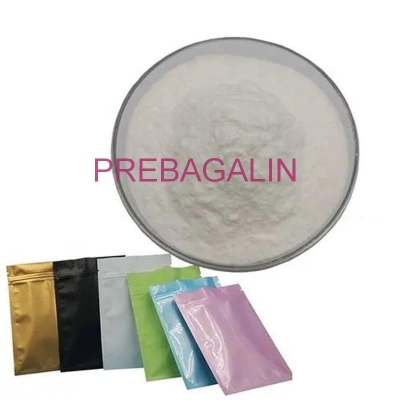-
Categories
-
Pharmaceutical Intermediates
-
Active Pharmaceutical Ingredients
-
Food Additives
- Industrial Coatings
- Agrochemicals
- Dyes and Pigments
- Surfactant
- Flavors and Fragrances
- Chemical Reagents
- Catalyst and Auxiliary
- Natural Products
- Inorganic Chemistry
-
Organic Chemistry
-
Biochemical Engineering
- Analytical Chemistry
- Cosmetic Ingredient
-
Pharmaceutical Intermediates
Promotion
ECHEMI Mall
Wholesale
Weekly Price
Exhibition
News
-
Trade Service
Obstructive sleep apnea (OSA) is a common disease, which is characterized by recurrent upper airway partially or completely collapse during sleep, the heart vascular system faced physical stress, such as reduced oxygen saturation at night, sleep and wake intrathoracic pressure Change
.
Various mechanisms may contribute to the risk of cardiovascular disease, such as sympathetic nerve activation, impaired endothelial function, hypercoagulability, inflammation, and oxidative stress
Heart blood vessels
OSA is detected in approximately 70% of stroke/transient ischemic attack (TIA) survivors, and it is still common even 3 years after the stroke
.
Untreated stroke risk of recurrence after OSA with an increased stroke and death, prolonged hospitalization, functional recovery is poor
Stroke
Although OSA has a high incidence and is clinically relevant, it is still underdiagnosed after a stroke
.
The performance of OSA in post-stroke/TIA patients is often atypical, and the OSA screening questionnaire has limited effect;Diagnostic screening
Therefore, it is necessary to take objective measures to accurately diagnose OSA
.
Laboratory polysomnography (iPSG) is currently the standard tool for evaluating OSA, but it is limited due to patient inconvenience and high cost
It is necessary to take objective measures to accurately diagnose OSA
In this way, Mark I.
Boulos and others of Sunnybrook Health Sciences Centre used randomized controlled trials to evaluate whether the use of HSAT to screen OSA increased the proportion of stroke/TIA patients diagnosed with OSA compared with the current standard of care using iPSG
.
In addition, they also studied whether compared with iPSG, the use of HSAT to screen sleep apnea increased the proportion of patients prescribed CPAP, reduced daytime sleepiness, improved sleep-related quality of life and functional results after 6 months, and Enhance the patient's experience of sleep testing
.
Finally, we studied whether HSAT is a cost-effective method for diagnosing OSA after stroke/TIA
They recruited 250 consecutive patients who had had a stroke/transient ischemic attack in the past 6 months
.
Patients were randomly assigned (1:1) to use (1) HSAT and (2) iPSG
At 6 months, 94 patients completed HSAT and 71 patients completed iPSG
.
Compared with the iPSG group, the proportion of patients diagnosed with OSA in the HSAT group was significantly higher (48.
71 patients completed iPSG
In addition, compared with iPSG, patients assigned to HSAT are more likely to be prescribed continuous positive airway pressure (40.
0% vs.
27.
2%), report significantly reduced sleepiness, and have greater ability to perform daily activities
.
Compared with the iPSG group, more patients in the HSAT group reported a positive experience with the sleep test (89.
4% vs.
31.
1%)
.
Finally, the cost-benefit analysis shows that compared with iPSG, HSAT is economically attractive for OSA detection
.
The important significance of this study lies in the discovery: Compared with iPSG, the use of HSAT can improve the diagnosis and treatment rate of OSA, reduce daytime sleepiness , improve functional results and sleep test experience in stroke/transient ischemic attack patients.
, And may be an economically attractive method
.
Original source:
Boulos MI, Kamra M, Colelli DR, et al.
SLEAP SMART (Sleep Apnea Screening Using Mobile Ambulatory Recorders After TIA/Stroke): A Randomized Controlled Trial.
Stroke .
Published online October 11, 2021:STROKEAHA.
120.
033753.
doi :10.
1161/STROKEAHA.
120.
033753
Stroke
Leave a message here







